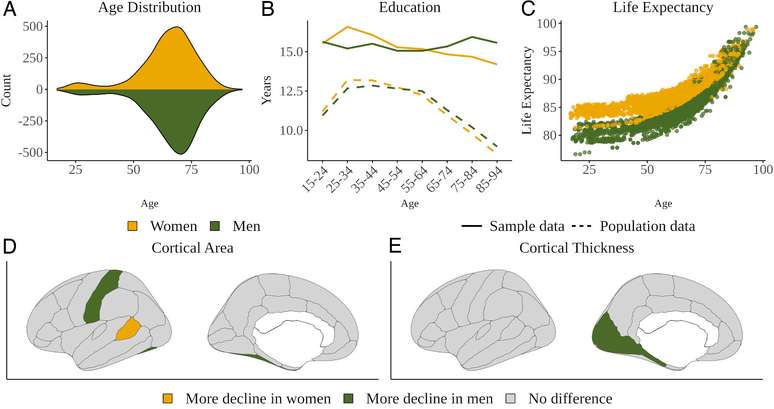Simple gestures help to create a calmer and safer environment for those who have Alzheimer’s
Live with someone to whom he was diagnosed Alzheimer’s It is a stimulating experience, but also full of learning on empathy, listening and care. Even with the best intentions, it is common for family members and health workers to adopt behaviors that, without realizing, increase the confusion or discomfort of the person with dementia.
To provide more human and effective treatments, it is essential to understand the emotional and cognitive characteristics of those who live with the disease. Small changes in everyday life can make a big difference in everyone’s quality of life. Take a look at some points highlighted by Alzheimer’s company.
What we should avoid dealing with a family member with Alzheimer’s
1. Long and complex phrases
Simple conversations are easier to understand. Questions such as: “Do you want to walk or listen to music?” They can generate confusion. You prefer short and objective phrases with one question at a time.
2.
On television, high radio or other conversations on the bottom makes concentration difficult and can cause irritation. When you talk to the person, look for a quiet environment and look in their eyes.
3. Sudden gestures and tense tone of voice
People with Alzheimer interpret non -verbal signs in a more sensitive way. Quick movements, high voices or closed expressions can generate discomfort. Try to smile when you remember good times and keep a calm tone when possible.
The first signs of Alzheimer’s: how to identify
Early diagnosis can contribute significantly to the well -being of the person with Alzheimer’s, as well as to allow interventions that soften the symptoms. Some initial signs deserve attention:
- Forget recent information and the growing dependence on reminders or help of family members;
- Difficulty plan, follow recipes or solve simple problems;
- Disorientation with time and place, as confused or not to recognize the environment in which it is;
- Problems to complete family activities, such as shopping or preparation of your coffee;
- Changes in language, as a difficulty in maintaining a conversation or forgetting common words;
- Changes in mood or behavior, including irritability, sadness or anxiety without a clear reason;
- Problems of visual and spatial perception, such as stumbling in objects or difficulties in reading.
A kinder aspect for those who take care and for those who pay attention
Taking care of someone with Alzheimer’s is a task that involves much more than taking care of memory. It is a matter of preserving the links, saving the presence and providing safety. When we learn to observe in a more sensitive way and to adapt our form of communication, we create a more welcoming and peaceful environment for those who need support.
Source: Terra
Ben Stock is a lifestyle journalist and author at Gossipify. He writes about topics such as health, wellness, travel, food and home decor. He provides practical advice and inspiration to improve well-being, keeps readers up to date with latest lifestyle news and trends, known for his engaging writing style, in-depth analysis and unique perspectives.





![Tomorrow belongs to us: What awaits you in the episodes of 2052 and 2053 on October 15, 2025 [SPOILERS] Tomorrow belongs to us: What awaits you in the episodes of 2052 and 2053 on October 15, 2025 [SPOILERS]](https://fr.web.img6.acsta.net/img/39/95/3995a2d00abbf3c01161818d01a95388.jpg)



